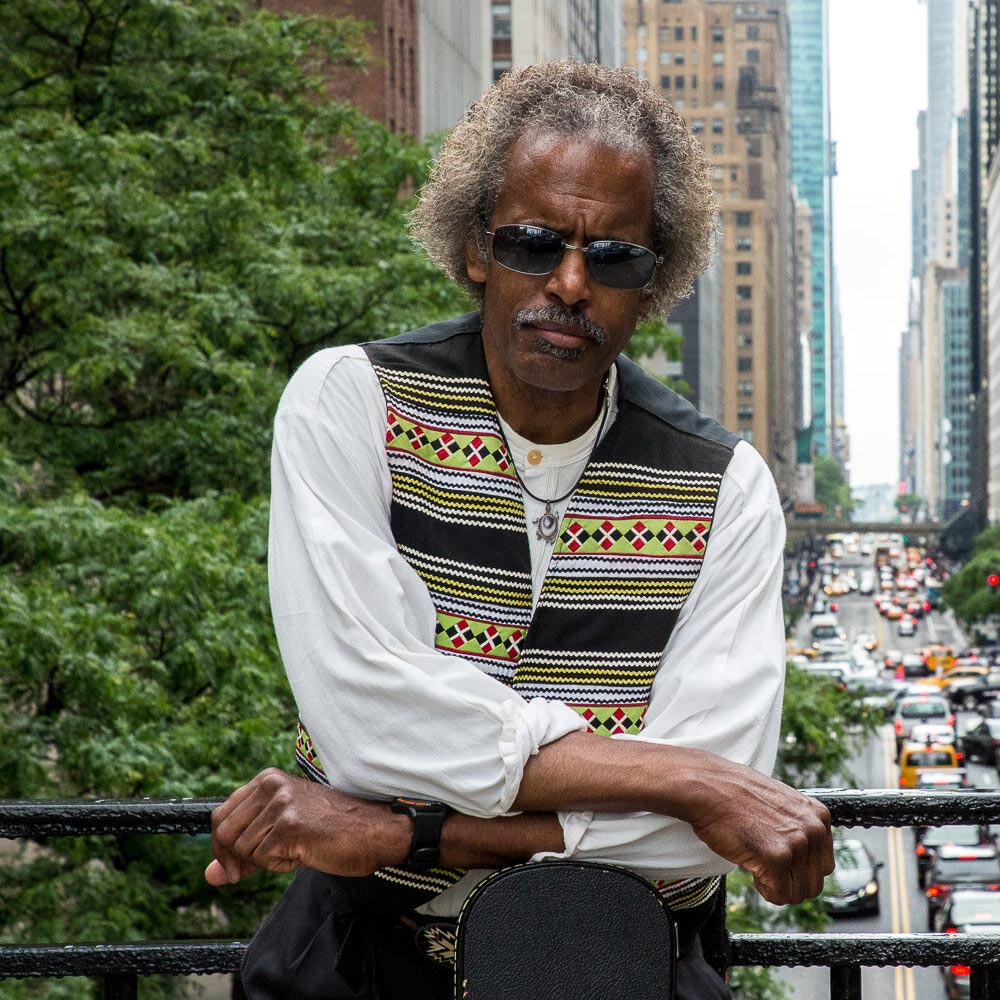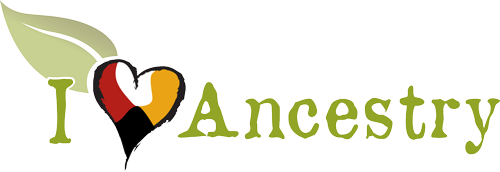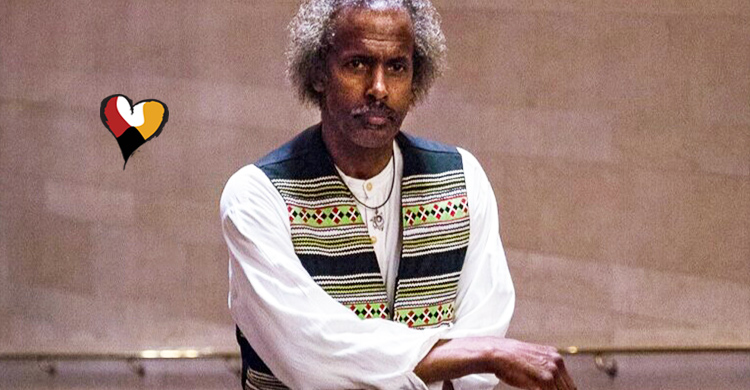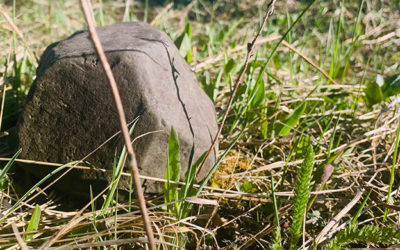Inspiring Lonnie Harrington is someone you should know about and discover his work either as a seasoned musician, arts administrator or as a historian/storyteller.
Lonnie Harrington was born in Tallahassee Florida in 1952 of African, Seminole, Cherokee, Choctaw, and Shawnee ancestry. With his Mother in 1957, he moved to Dania Florida to live with his maternal Grandmother.
Here his mother would take him to visit the nearby Seminole Reservation at the time called Okalee (now known as the Hollywood Reservation). He came to New York City in 1959 to join his Mother who had relocated there.
St. Albans-based musician Lonnie Harrington recently attend Queens Council of the Arts Creative Conversations in Jamaica, NY.
— Are you of African and Indigenous descent? Want to be part of our documentary film Afro Native Narratives? We value your voice and would love to include you in our documentary film. Fill out the form —
The Afro Native experience of Lonnie Harrington
Harrington attended Hunter College and the New School for Social Research in the early 1970s. During this time he began independent research into Afro Native American relations, an endeavor he currently continues. He is the author of the book, “Both Sides of the Water: Essays on African-Native American Interactions”, published in March 2007 by Rosedog Books.
Read also: Amber Saunders, Black and Native Fancy Shawl Dancer
Professionally, as a musician, he has performed as a sideman and bandleader in concert and night club venues in the northeastern United States and eastern Canada since the early 1970s. He continues to perform in the New York City area.
His album (CD and digital access platforms) “Northern Tropicale & Other Romantic Illusions” was released in September 2017. The instrumental single “I Wonder” was released in September 2018.
As a storyteller, his credits include performances at the 2005 Mohegan Colony Storytelling Festival, the 2006 Clearwater Festival-Great Hudson River Revival, and at the Cornelia Street Café in Greenwich Village.
As an arts administrator, he has worked for the New York City Department of Cultural Affairs, served as a consultant for various arts organizations, and since 1981 has worked until recently for the ArtsConnection, one of the largest arts in education organizations in New York City.
During the mid-1990s, he was a member of the Torn Pages Project, a coalition that examined Afro Native American relations. He became a member of the Northeastern Native American Association (N.E.N.A.A.) in 1991.

This Queens New York organization has more than 400 members of Indigenous ancestry from North, South, and Central America, as well as the Caribbean. His responsibilities have included chairing 1992, and 93 Pow Wow Committees, as well as co-chairing the 1994 committee. He remains a member of this committee. He also serves as the organizations’ historian.
From March 1992 until October 2003, he was a member of the Drum Circle Singers, a Native American drum group that performed throughout several states in the northeastern United States. A Men’s Traditional Dancer, he has danced at PowWows and events in different parts of the United States.
2014 Interview of Lonnie Harrington
Watch this powerful interview of Lonnie Harrington and learn about the ancestors and understand the nature of the struggle of Black and Native Americans.
Read also: Amber Saunders, Black and Native Fancy Shawl Dancer
Note: Afro Native American or African Native American? People who call themselves “Black Indians” are people living in America of African-American descent, with significant heritage of Native American Indian ancestry, and with strong connections to Indian Country and its Native American Indian culture, social, and historical traditions. Black Indians are also called Afro Native American people, Black American Indians, Black Native Americans and Afro Native. Connecting with our ancestors.
SOURCE: Based on the materials provided by queenscouncilarts.org and LonnieHarrington.com, author of the book, “Both Sides of the Water: Essays on African-Native American Interactions“, published in March 2007 by Rosedog Books.






